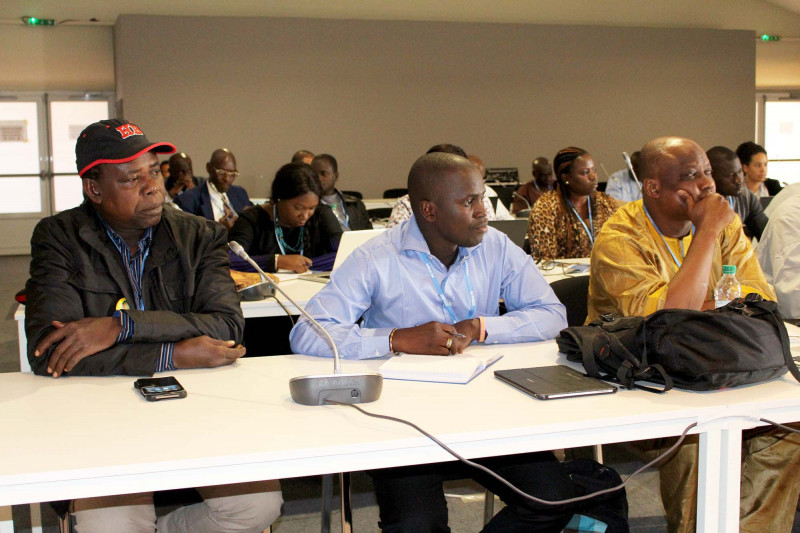Ismaila Senghore | November 28, 2016
Ismaila Senghore of The Gambia Radio and Television Services attended COP22 in Marrakech to cover the high-level discussions for his home audience. He provides analysis, reflections, and coverage of the event for Barza Wire readers.
The United Nations Framework Convention on Climate Change recently concluded the twenty-second Conference of the Parties to the Convention—known as COP22. The two-week conference ran from Nov. 7 to Nov. 18, and took place in Bab Ighli village on the outskirts of Marrakech, Morocco. The first week of the meetings included technical consultations and negotiations, followed by what were dubbed the “high-level” segment of endorsements by heads of state and governments.
The conference began just four days after the Paris Agreement entered into force. The Paris Agreement was the result of last year’s COP21, and set a target of keeping global temperature rise to less than two degrees Celsius above pre-industrial levels.
This year’s meeting was nicknamed the “African COP” since it was expected to define a plan for “saving the continent.” African countries are among the most vulnerable to climate change, and investment is needed to set the pace for global victory over climate change.
As well as government officials, global civil society associations and activists attended. Cultural demonstrations, clean energy companies, and sustainable development initiatives were also on display.
Knowing that it is now a race against time to save Mother Earth, the Parties to the convention wasted no time and gave no room to debate over the need to act now. There was a sense of urgency, ambition, and determination in favour of climate action, now that the Paris Agreement has come into force. But numerous decisions must be made to kick-start or accelerate the major mechanisms to fight climate change, including technical, scientific, and financial decisions.
There is a general understanding that poor African farmers risk languishing in famine and destitution, and that small island states face the threat of disappearing under the seas. Knowing these threats, Parties decided to review national efforts to reduce greenhouse gases in the year 2018.
It is heartening to note that around $100 million US has been earmarked for climate change adaptation, while the Green Climate Fund has received pledges of up to $25 billion US to reduce harmful emissions and support adaptation efforts. The commitment to raise an annual $100 billion US by industrialized countries to help developing countries fight climate change by the year 2020 was also strongly reiterated. [For more on climate funding from COP22, see this week’s Farmer story.]
The conference officially closed on Nov. 18. COP 22 was dubbed an “action COP,” and characterized as very successful in that significant inroads were made in all areas mapped out. The discussions provided not only technical and scientific guidance for all countries, but also collaboration and financial assistance for more vulnerable nations.
The Parties issued a joint declaration called the “Marrakech Action Proclamation for Climate and Sustainable Development,” which reaffirms the commitments made in the Paris Agreement. The challenge now is for all signatories to live up to expectations and execute their mandates with a full view of the finish line, and to coordinate efforts to ensure everyone reaches the finish line.
King Mohammed VI of Morocco hosted the COP and will steer the affairs of the convention until next year’s meeting, which will be hosted by Fiji. He demonstrated African leadership and innovation by launching his personal “International Award for the Climate and Environment,” offering $1 million US to the world’s top climate defenders.
Similar initiatives worldwide could spell a paradigm shift in sustainable development, one which takes into account the need for a balance between the utilization of natural resources and equilibrium in all ecosystems. This could signal light at the end of the tunnel in the not too distant future.
